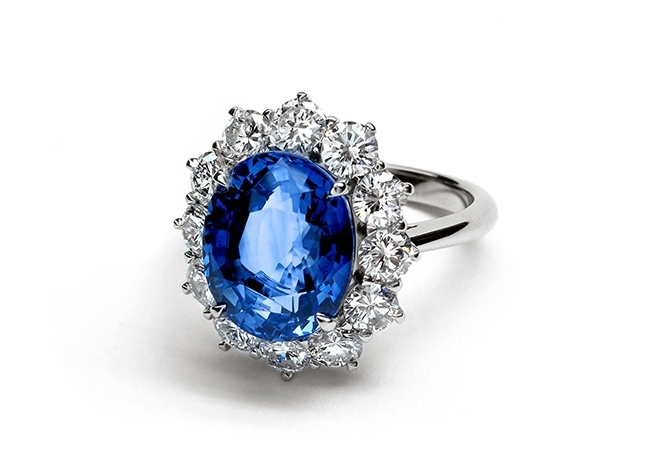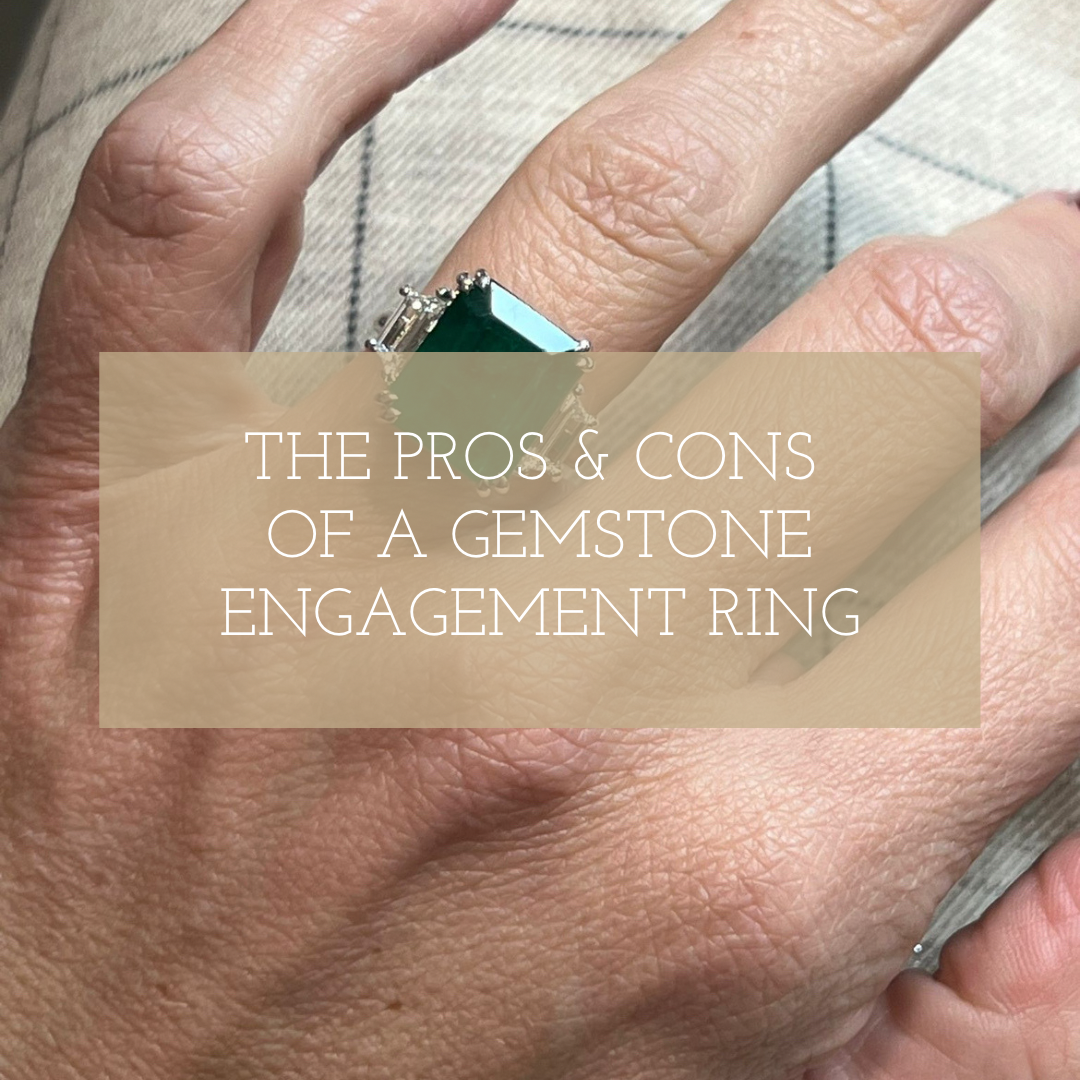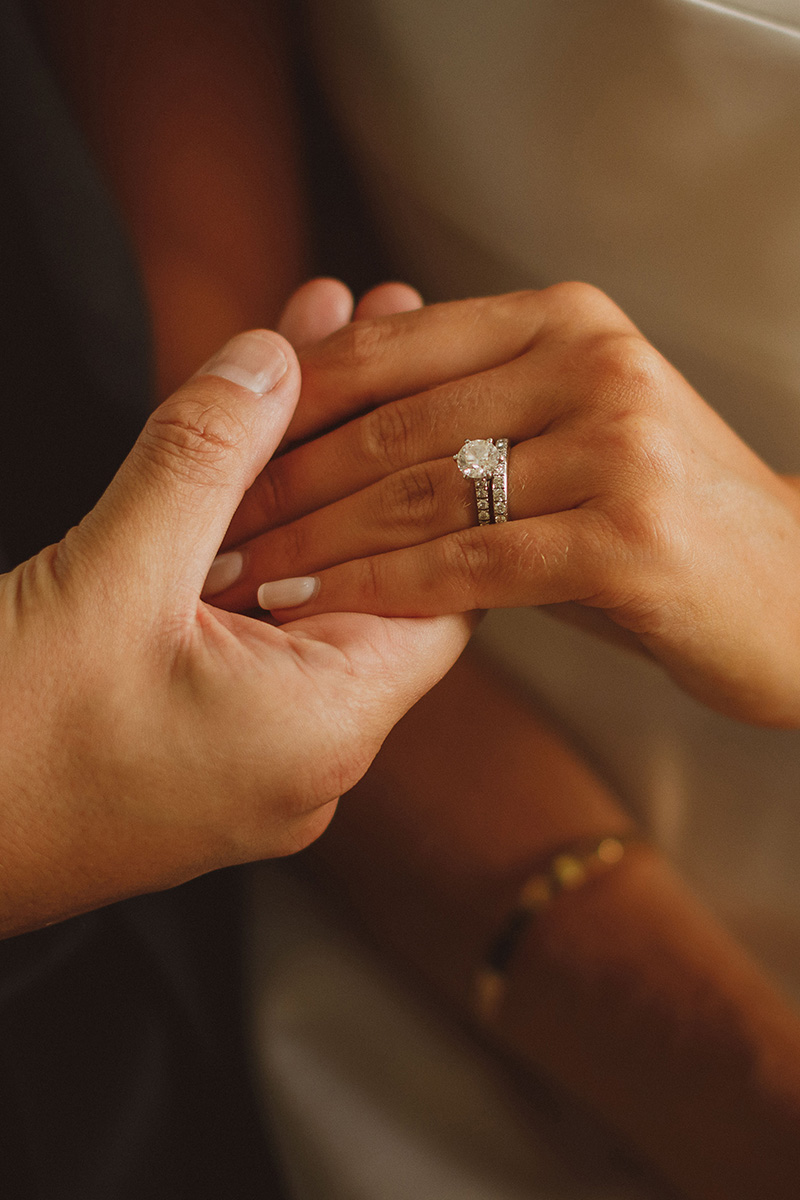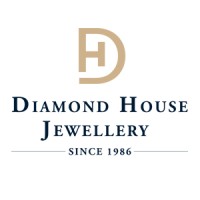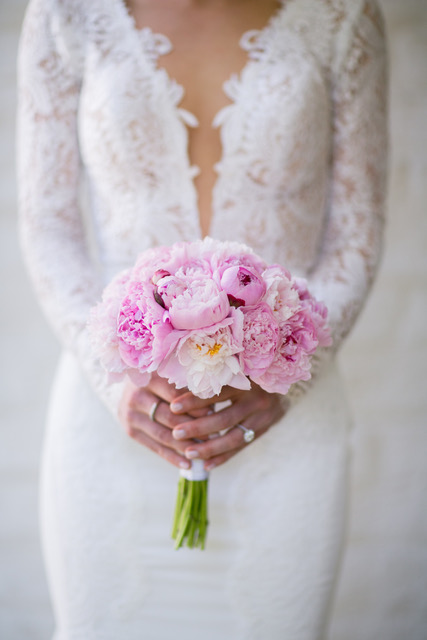Let us take you through the risks and benefits of opting for a gemstone as engagement ring.
Benefits:
- Bigger sizes
As we all know, size is important! Especially when it comes to an engagement ring. The first question her mom will ask when she will show her the ring will be: How big is the rock my darling?
Since many gemstones regularly grow in large crystals, many gemstones are available in sizes and shapes that we less often encounter with diamonds.
- Colorful Expression
Some couples like to express themselves in colour. A bright deep red ruby engagement ring will often stand for love & passion. A dark blue sapphire will stand for loyalty. A green emerald engagement rings often stand for growth and fertility. Gemstones are lively! And that’s why we love them.
- Lower cost
Another reason to consider a gemstone engagement ring is the cost. Depending of the specy, origin, colour and size, gemstones are often a fraction of the cost of a similarly sized diamond. So if size matters, but you do have a budget to respect, choosing a gemstone engagement ring will allow you to afford a larger center stone in gemstone than in diamond.
Risks:
While there are many benefits to gemstone engagement rings, there are many risks to consider before making the big step.
Gemstones are not as hard as diamond. And that’s the reason why you will often hear “A diamond is forever”. There is nothing that can scratch a diamond except another diamond!
Diamonds are a 10/10 on the Mohs Hardness Scale. What is the Mohs Hardness Scale MHS you will ask? The MHS was developed to rank the hardness of gemstones and minerals. It goes from 1 (Talc) to 10 (Diamond). It means that gemstones can scratch or chip more easily.
If your significant other is an active bee, we will advise you to get as close as possible to the hardest material if you really want to propose with a gemstone.
Sapphire & ruby:
Sapphires and rubies who by the way come from the same family, corundum, are our preferred choice for our active clients.
They score 9/10 on the MHS which is the second strongest gemstone after diamond. A ruby will always be red. On the hand a sapphire comes in all the colours of a rainbow.
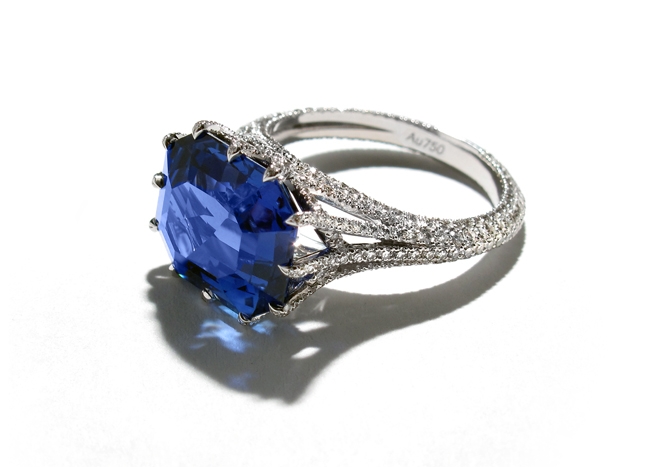

Emerald & aquamarine:
Just like ruby is the little sister for sapphire, aquamarine is for the emerald. Both gemstones come from the same specy, Beryl. What defers them from one another? The colour! Emeralds are always green and aquamarine will be light blue. They score 7.5/10 on the MHS.
Emeralds will often show many inclusions, also called “garden”. So don’t expect them to be flawless. They also come in many shades of green, can be light or dark.
Aquamarine is a shiny, light blue gemstone that symbolizes tranquility and healing. Unlike its sister, aquamarine is pretty flawless. Lighter blues are less valuable than medium or medium-dark blues.
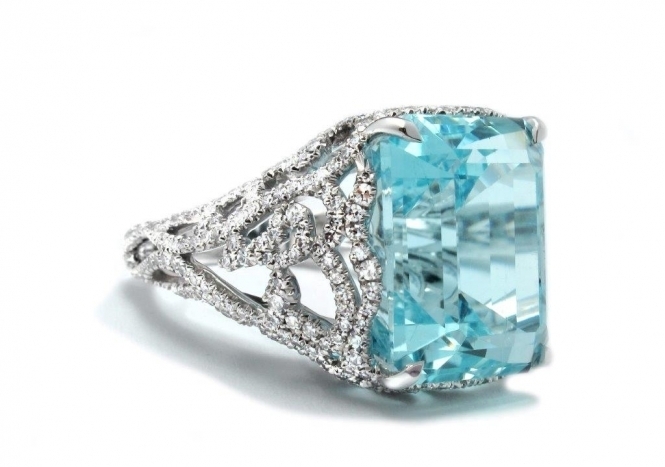
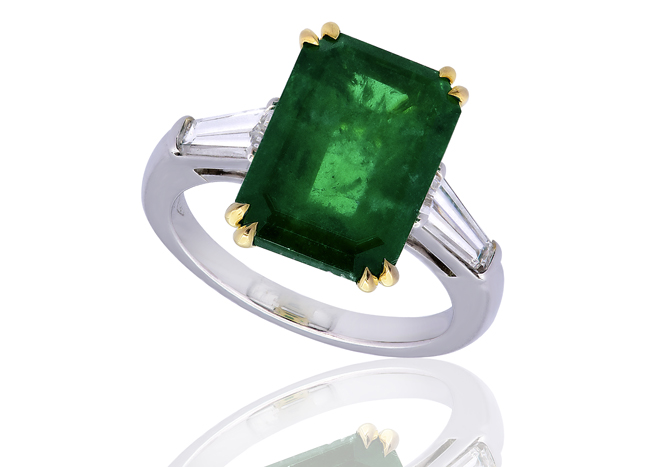
Our last tip when it comes to gemstone engagement rings:
If you are looking for something colorful and original, then a gemstone engagement ring is for her. A gemstone ring makes a statement and can be a real conversation piece. Also, if you’re looking for a bigger stone for your money, then switching from diamonds to gems will allow you to propose without breaking the bank!
Finally, remember that your fiancée will wear the ring every day for the rest of her life. If you pick a ring that’s too “fancy”, she may get bored with it or it may end up looking dated. So classic designs are better. If in doubt: a blue sapphire in a classic setting is a timeless choice you cannot go wrong with such as Kate Middleton’s ring.
